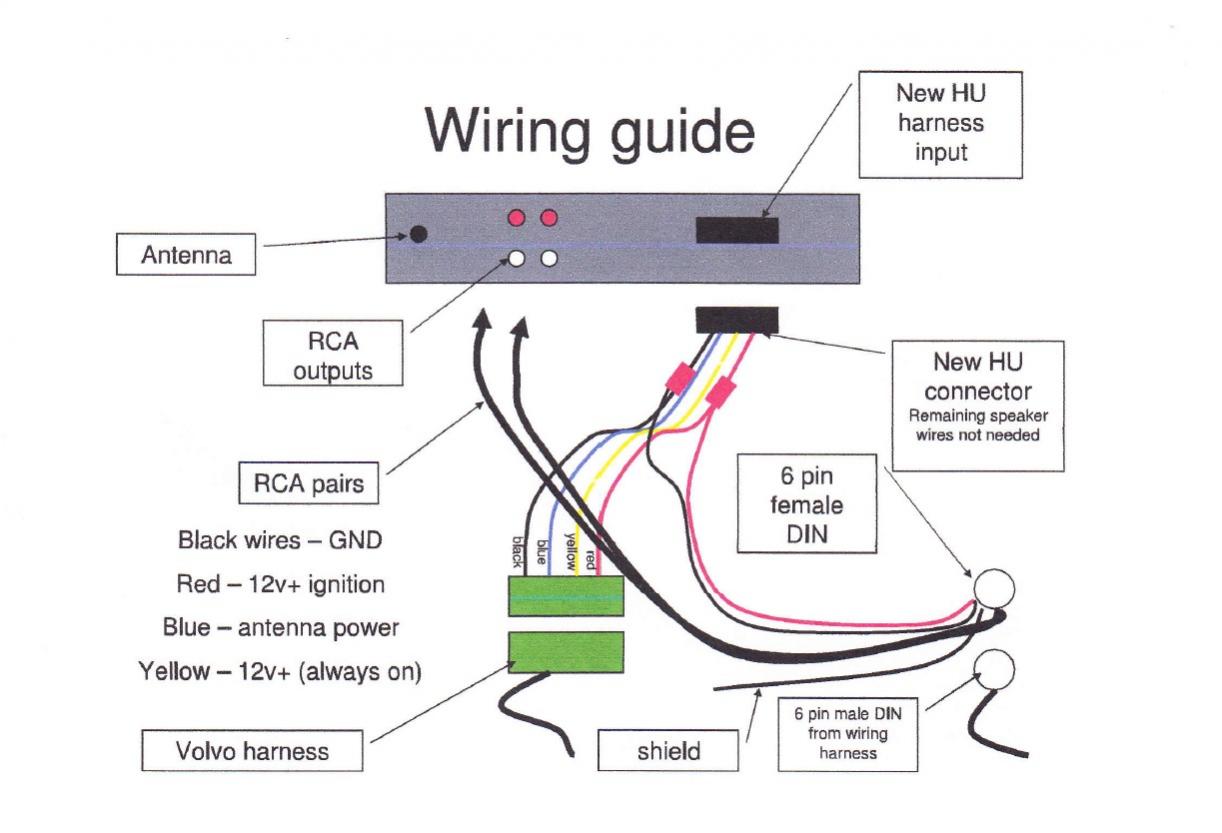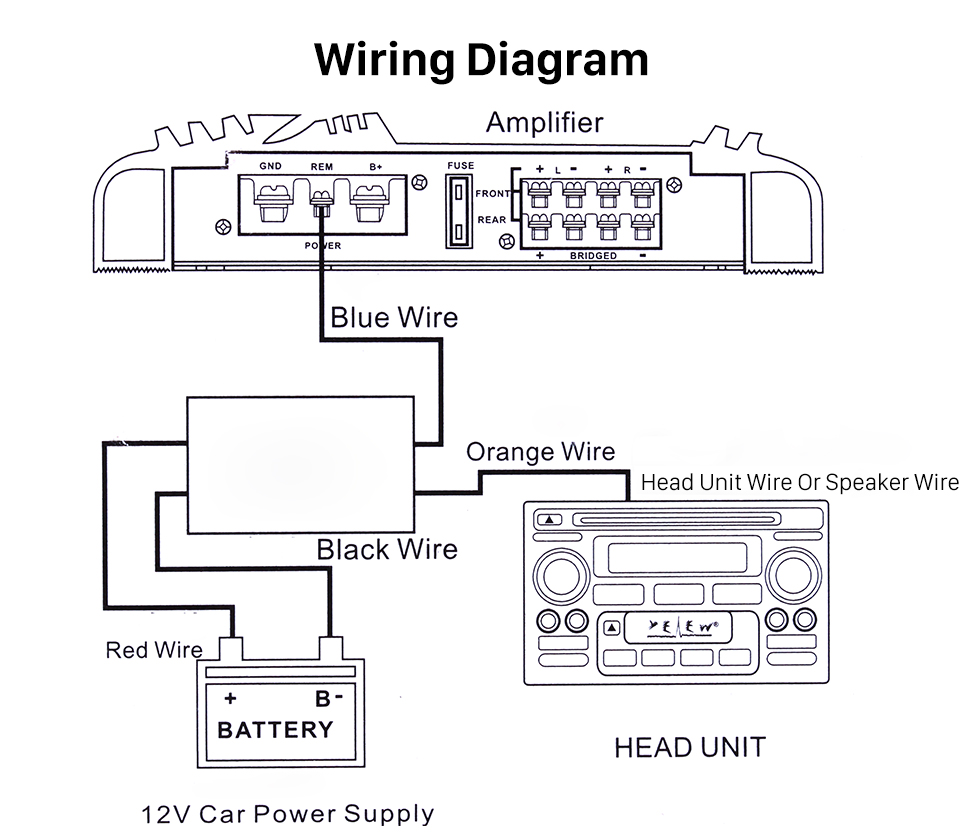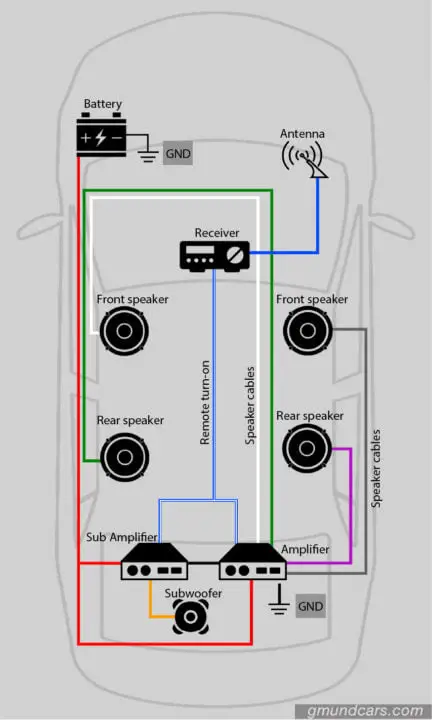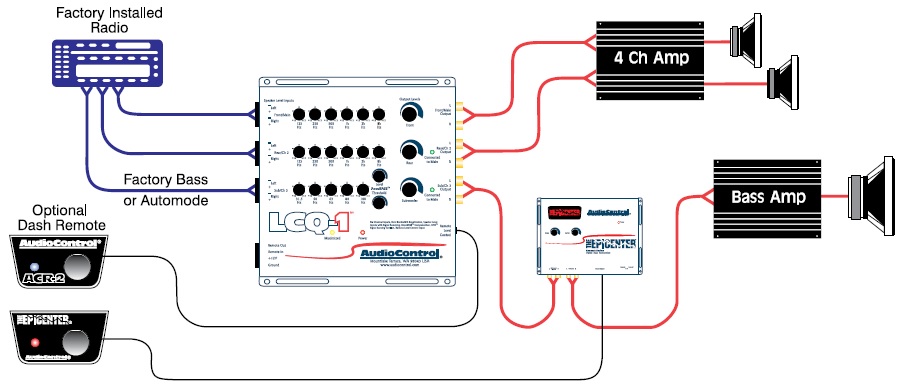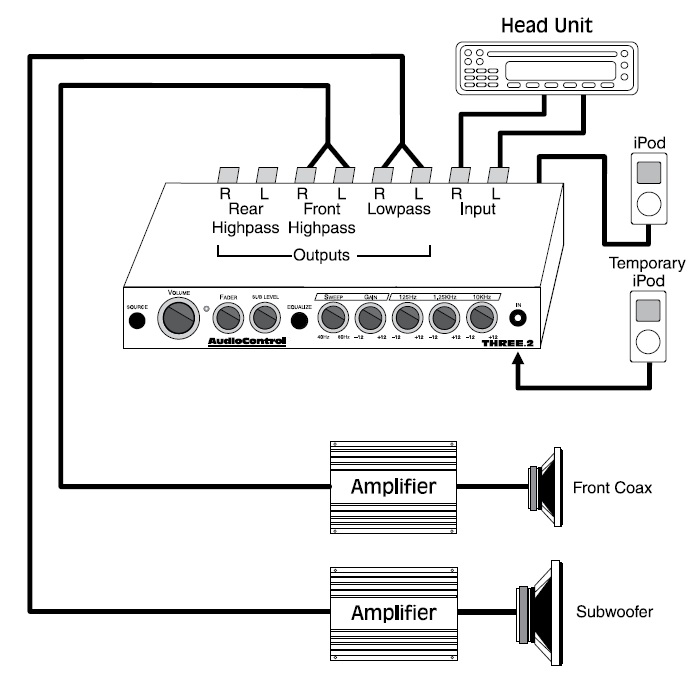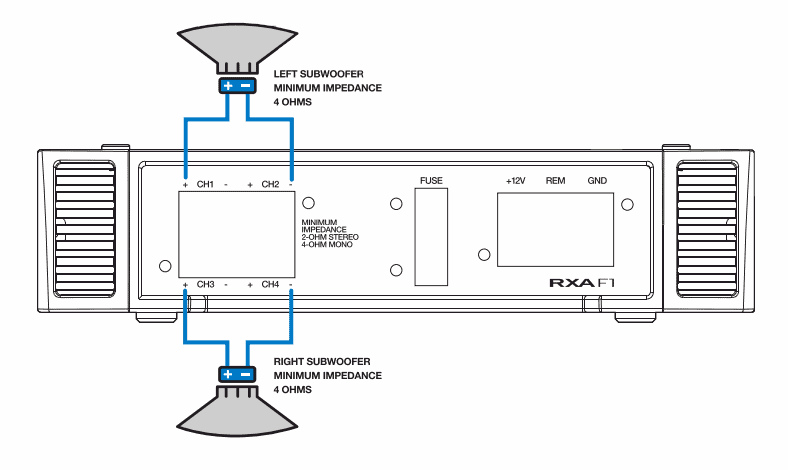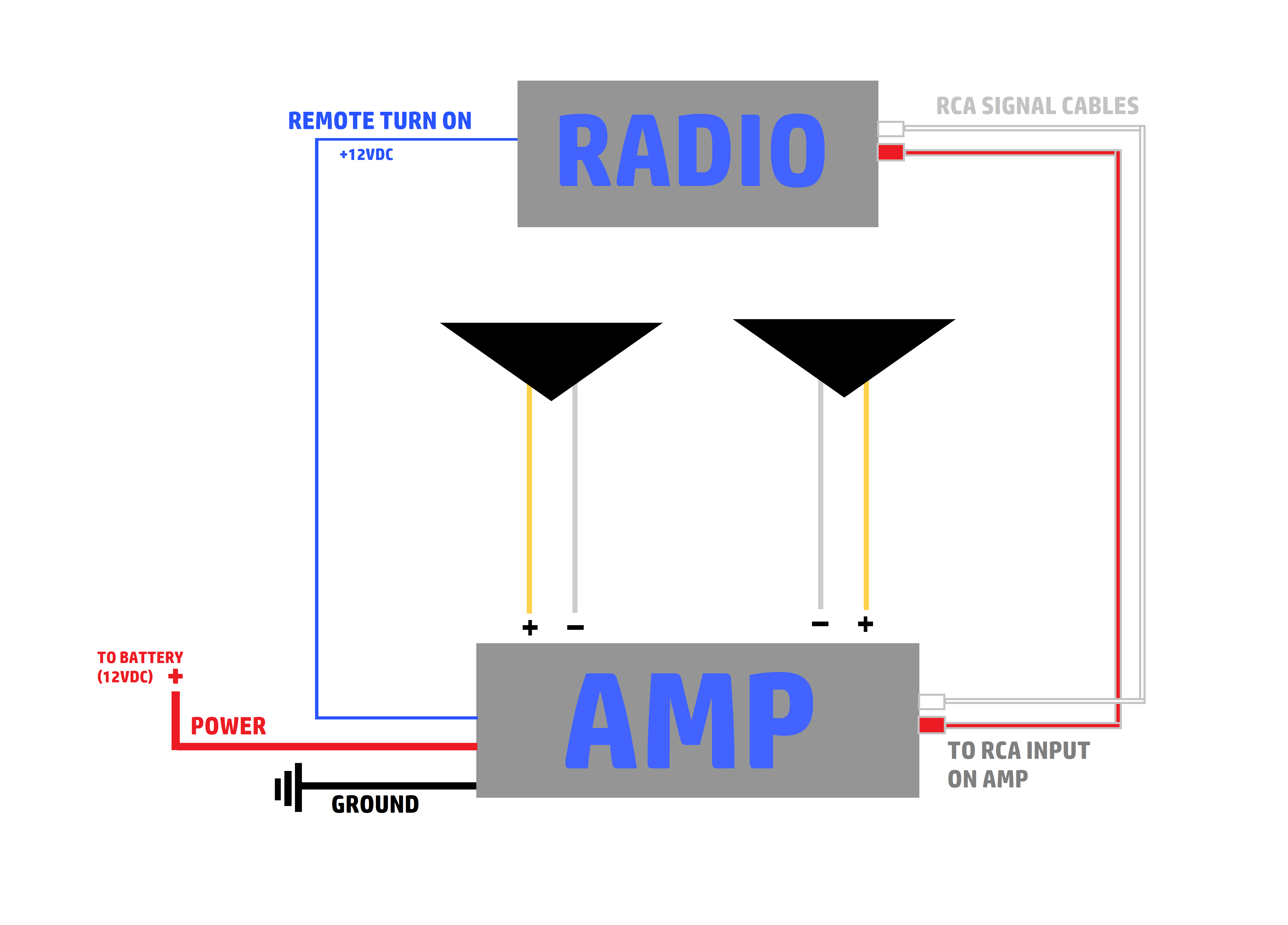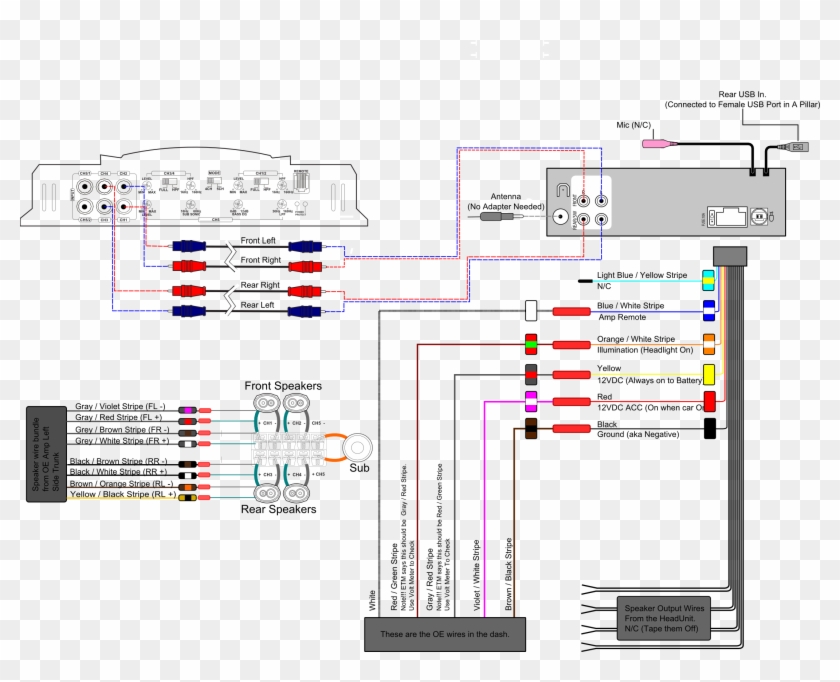
Boss Car Stereo Wiring Diagram Unique Boss Car Stereo - Car Amp Wiring Diagram, HD Png Download - 2196x1680(#3527267) - PngFind

Car Audio Wiring Diagrams | 1 amplifier, 2 amplifiers, 3 amplifiers | Car stereo systems, Car audio systems, Sound system car

How To Install a Car Amp Using Wiring Kit / Instructions and Diagrams Provided - How To Install Car Audio Systems

LAND ROVER Car Radio Stereo Audio Wiring Diagram Autoradio connector wire installation schematic schema esquema de conexiones stecker konektor connecteur cable shema





